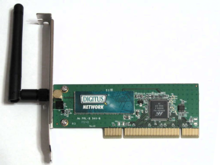Today, digital agencies are attempting to run their businesses much leaner. Designers and developers want the freedom to focus more on their core business. They want to create, not administer the infrastructure or manage the technology and data. That’s not what gives them passion and it’s not why they are in business. But hosting and infrastructure are what Liquid Web does best.
What is Managed Hosting?
Those in the digital space are familiar with Managed Hosting in one way or another.
This is a business model where a service provider leases hardware to a single customer. The service provider also provides management of the servers, software, and networks necessary for hosting for the customer.
If an issue arises, a managed hosting provider is there to help pinpoint the problem and rectify it.
Fully Managed Dedicated Server Hosting is an isolated hosting environment where the provider handles the setup, administration, management, and support of the server or platform application. The resources are specific to the user ensuring that your data alone is hosted in your environment without being affected by the issues that arise from sharing resources.
Shared Hosting
Shared hosting is the most popular example of multi-tenancy. This is where many sites or applications exist on the same server. Quite often, shared hosting divides the server resources among customers. This would include storage and bandwidth and in some cases RAM and CPU cores.
Think of shared hosting as a home with renters all sharing the same living space.
Managed Dedicated Server Hosting
Dedicated hosting would be an example of single-tenancy. With this type of environment, a single customer hosts their site(s) or application(s). With managed dedicated server environments, the server hardware and resources for that hardware belong to that single customer.
To continue with the above analogy, think of dedicated hosting as a home with one occupant. This avoids “noisy neighbors” encroaching on your space, disrupting your space and the space of those visiting your site.
